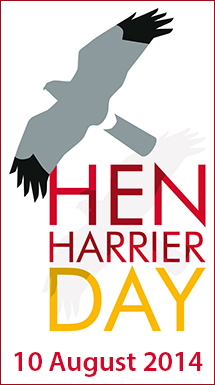Weekly round-up: 25 June - 01 July 2014
Summer time, the rarities finally slow down, and a birder’s thoughts turn to orchids, butterflies, dragonflies, or whatever non-birding distraction one’s particular cup of tea is. Maybe something more obscure and niche. Like lichens. Ichneumon wasps. Heaven help us all, football even.
It wouldn’t be midsummer in Britain without a mixed bag of weather. This week, that meant some sun, some showers (though thankfully not on a Barbecue Summer scale of torrentialness), and a spell of delightful bracing northerlies for those of us in Scotland. Whilst it finally felt like the last trickles of spring migration had finally dried up, some residues still remained of the avian flood we only recently enjoyed.
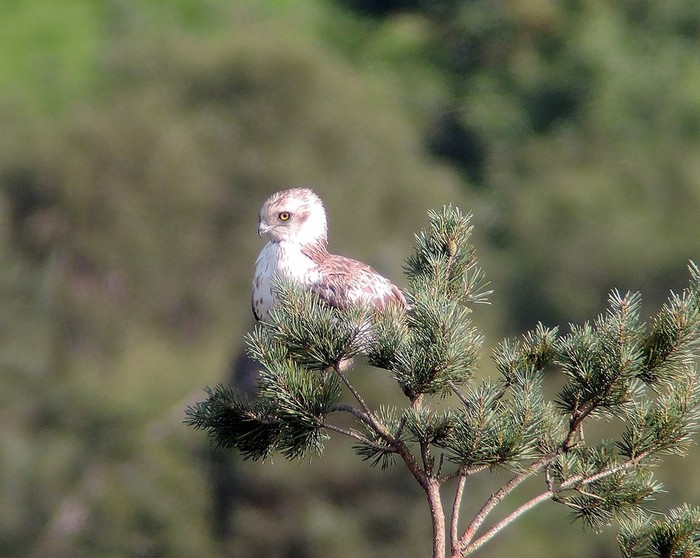
Now firmly ensconced as the headline event of the summer, the Short-toed Eagle in East Sussex continued to do the business in Ashdown Forest throughout much of the week. This bird will be firmly inked in on many a British list now, and with only 15 years elapsing since Britain’s first and this, Britain’s third, one wonders whether the species will grace our skies with, if not regularity, then at least some degree of keen expectation on our part.
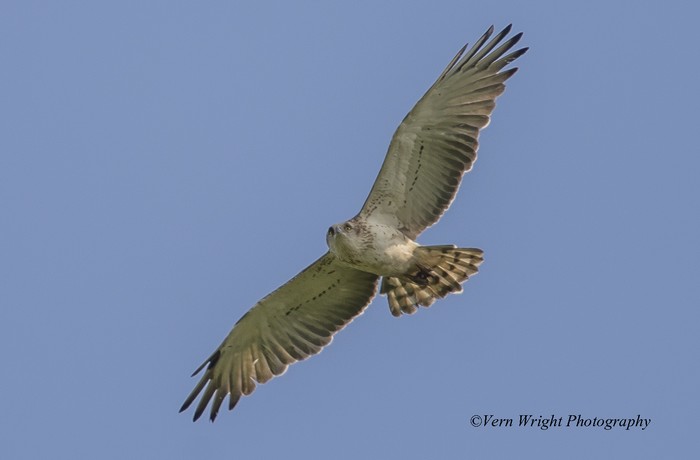
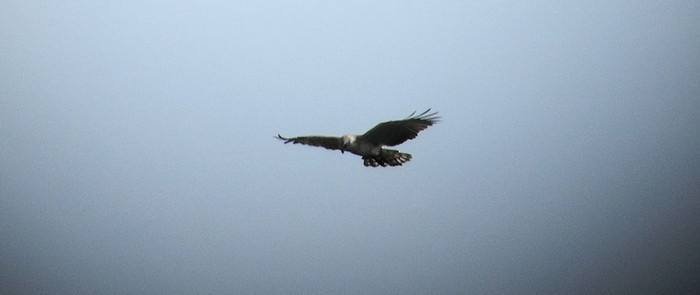
Doing its bit to allay once and for all any two bird theory rumours, when on the morning of 30th there was no sign of the bird in East Sussex, sure enough it obligingly turned up back in Hampshire, being seen in the New Forest near Pig Bush in the late morning and off and on through the rest of the day and into the first day of the new month, when it delighted local birders whilst it was mobbed by an indignant local Honey Buzzard! Raptor-watching heaven. Less obliging was the unconfirmed report on the afternoon of 30th of one over Kent’s Stodmarsh…
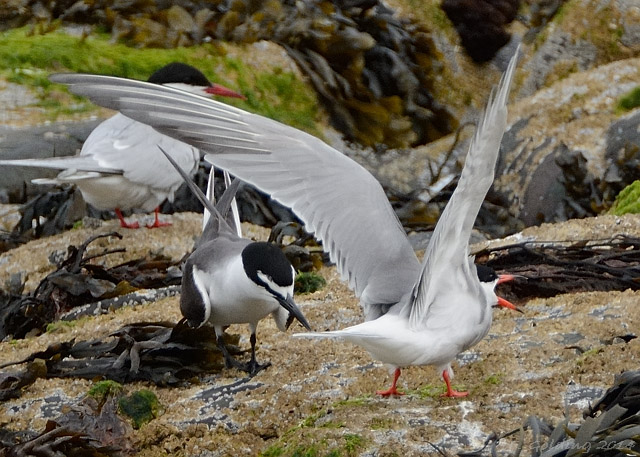
Equally reliable as the East Sussex and Hampshire eagle was the Bridled Tern in Northumberland – the aberration of its Shetland sojourn firmly behind it, the bird settled down again to see out some quality time on Inner Farne until July 1st. Though where it got to when it went missing on 30th doesn’t bear contemplating for east coast patch-workers...
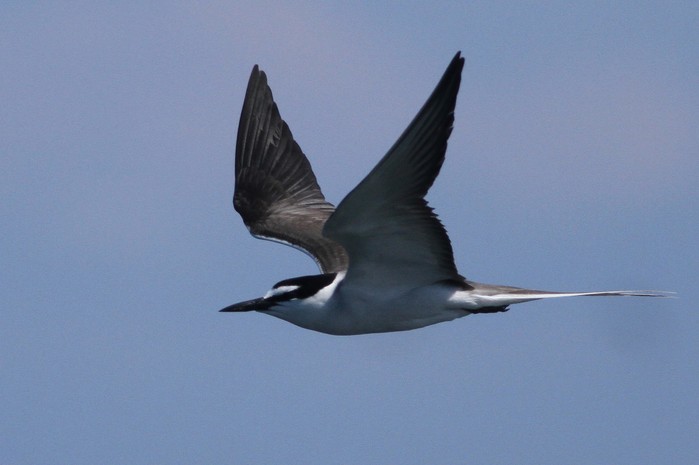
When you think about it, birds of the quality of this and the former headline species, both readily available in the same week in Britain… well, they might not be new birds for the year, but they certainly make for a mouthwatering duo. There’ll come a time in a few years when birders look back on this week in the summer of 2014 with some considerable envy.
They hardly qualify as a mega, but it’s hard not to feel warmly towards these charismatic little falcons. Bang on schedule, and as predicted last week, two of them turned up in the south-west this week – a first-summer female in Cornwall at Porthgwarra on 27th-July 1st, a first-summer male in Dorset at Coward’s Marsh on 29th, and a further bird reported from Lincolnshire’s Blacktoft Sands on the evening of 30th. To be fair, it was hardly the most inspired of predictions – the last week of June is traditionally a good time for them in the UK, and so it proved this week.
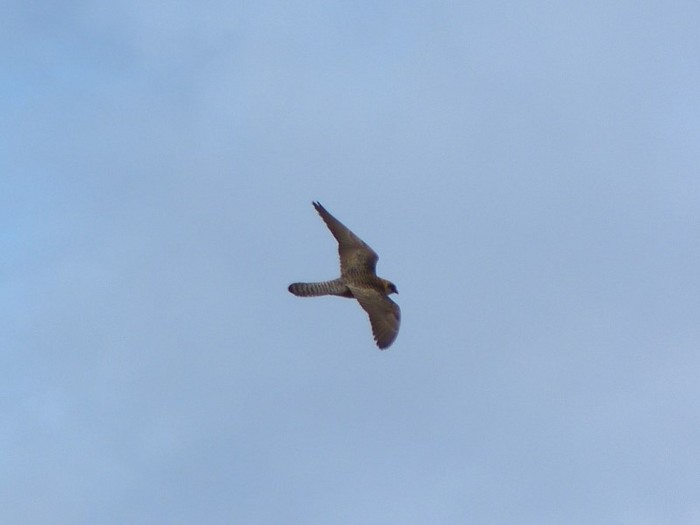
Those of us of a certain vintage will reminisce fondly of the great year of 1992, when they were seemingly everywherein May and June for a while. There’s never been a year quite like it before or since. So much nostalgia, past and future in this week’s headline birds. Probably best I head out birding... but before I do, have the week’s bird news...
Things began to modestly, quietly, pick up again on the seabird front this week. It’s no late summer gathering yet, but a trickle of Balearic Shearwaters were noted in the south-west – singles off Berry Head (Devon) and Durlston Head (Dorset) on 26th, and three off Portland (Dorset) on 28th, with four off there on 29th. Outside of the south-west, one was seen off Whitburn Coastal Park (Co.Durham) on July 1st.
The first of the summer large shearwaters hove into view this week, with a Cory’s Shearwater logged past Kinnaird Head (Aberdeenshire) on 29th, a superb record away from the more predictable south-west of England. It brings back misty-eyed, nostalgic memories of seawatching off North Ronaldsay in the early 1990s. Ah. Happy days.
After last week’s flurry of White Storks it all went very quiet on the stork front this week, with just the latecomer to Hampshire’s Hedge End still present there on 25th.
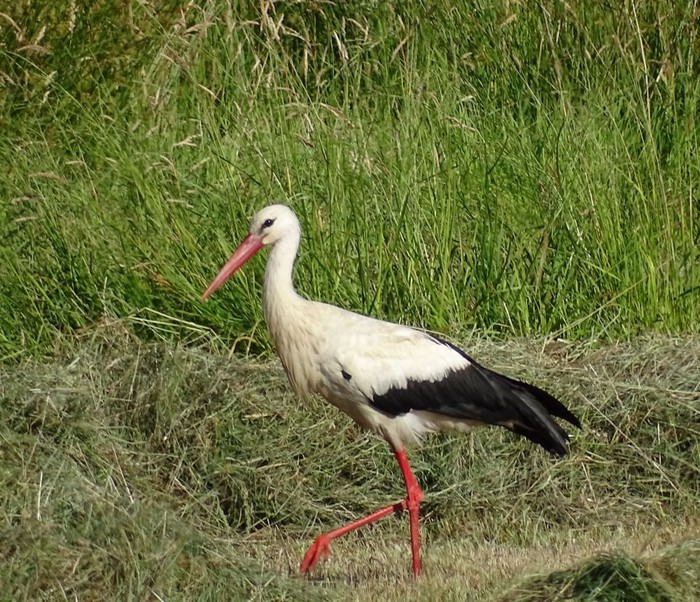
The male Little Bittern continued to show intermittently at Gosforth Park (Northumberland) until 27th, but typically for this secretive reedbed dweller it was far from forthcoming.
Two Cattle Egrets was logged in recent days, at Hillsborough Park Lake (Co.Down) on 28th, and on July 1st at Whitley Bay (Northumberland).
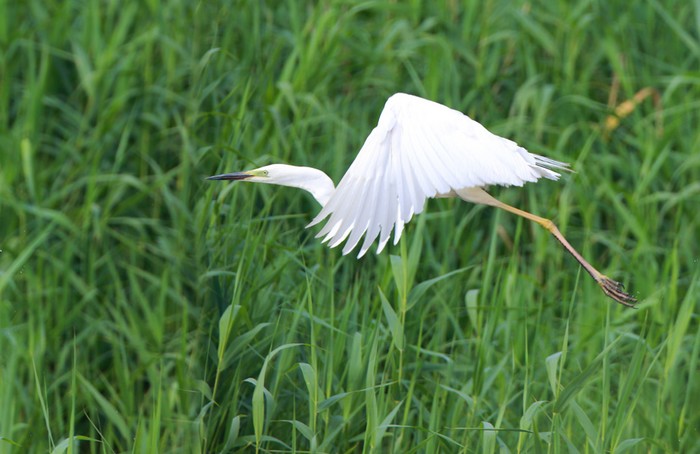
Great White Egret numbers remained more or less static on recent weeks, with around dozen birds reported in the course of the week. Things kicked off with one reported west past Porthgwarra (Cornwall) on 25th; and one still in Cambridgeshire at Berry Fen on 25th also. Latterly, from 26th-29th one was at Match Farmers (Cambridgeshire), sharing the site with an impressive 299 Little Egrets on 27th. Four birds were at Shapwick Heath NNR (Somerset) on 25th. The 26th saw one logged at Breydon Water (Norfolk) and another in Wales at Ynys-hir RSPB (Ceredigion), the latter bird remaining until 28th. Back in Cambridgeshire one was at Ouse Washes RSPB on 28th-29th. One was reported from Nottinghamshire on 29th flying over Clifton Bridge. In Cornwall, one was at Par on 30th. Finally, back to Wales, where one was at Kenfig (Glamorgan) on 30th-July 1st.
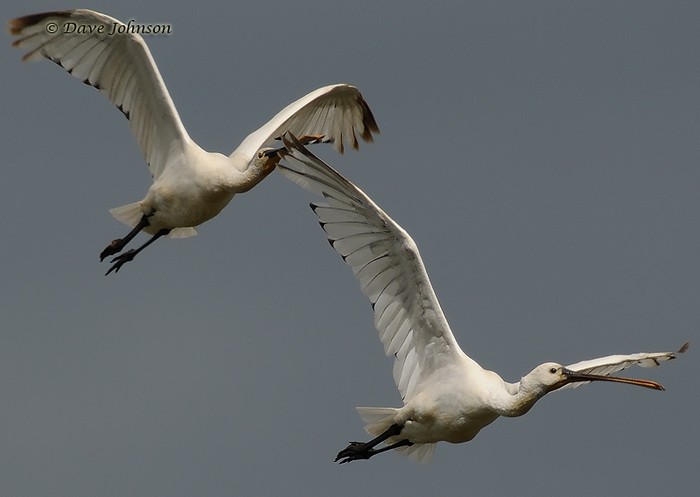
At least 50 Spoonbills were noted this week, with the fluid population ebbing and flowing along the north Norfolk coast as the week progressed. Numbers peaked once again at Cley with a superb count of 25 birds on 29th. Other peak counts in Norfolk involved five birds at Titchwell on 25th, and four past Holme on 28th.
The highest count outside of Norfolk came from Dorset’s Middlebere on 28th where seven birds were noted. Elsewhere, in Northumberland four birds remained faithful to Druridge Pools until 30th, and three birds were noted at Budle Bay on 26th. Cambridgeshire’s March Farmers featured once again, with a peak of four birds there on 27th and again on July 1st.
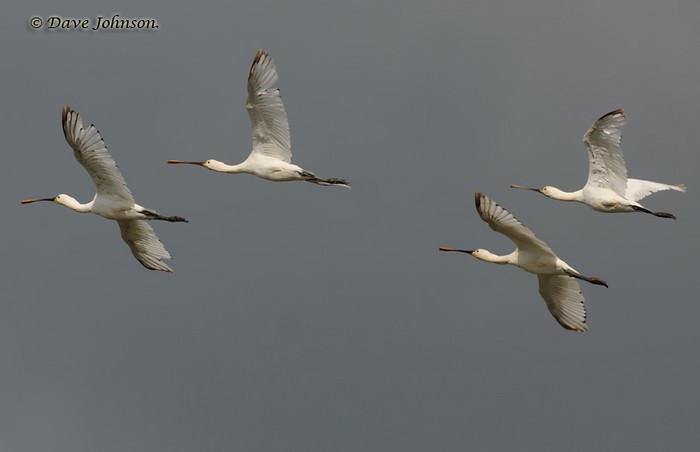
Duos were noted at Rutland Water (Leicestershire) on 25th; Fairburn Ings (West Yorkshire) on 26th-29th; Findhorn Bay (Moray) on 26th-July 1st; at Rye Harbour (East Sussex) on 30th; and at Minsmere (Suffolk) and over Holme Dunes (Norfolk) on July 1st.
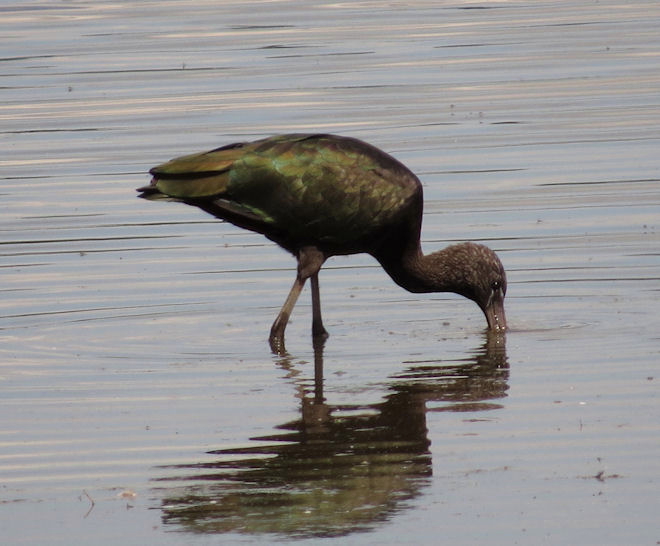
Site faithful Glossy Ibises remained in the Dearne Valley (South Yorkshire) until 28th; at Dungeness (Kent) and Otmoor (Oxfordshire) until 29th; at Milnthorpe (Cumbria) until July 1st; and at Lincolnshire’s Frampton Marsh (with two birds there on 26th), in the Stanpit area of Dorset, and at Vane Farm (Perth and Kinross) until July 1st.
Elsewhere, further scattered reports came from a wide geographic area – one was seen beside the M40 in Oxfordshire at Bicester on 26th; one was seen again at March Farmers (Cambridgeshire) on 28th and again on July 1st; and from West Yorkshire on 29th at Anglers CP and Swillington Ings – and latterly, from Fairburn Ings until July 1st. One was again at Willow Tree Fen (Lincolnshire) on 1st also. Meanwhile, in Ireland two birds were logged at Ballywilliam (C.Cork) on 1st.
In East Yorkshire a single Common Crane remained at Leven Carrs until July 1st.
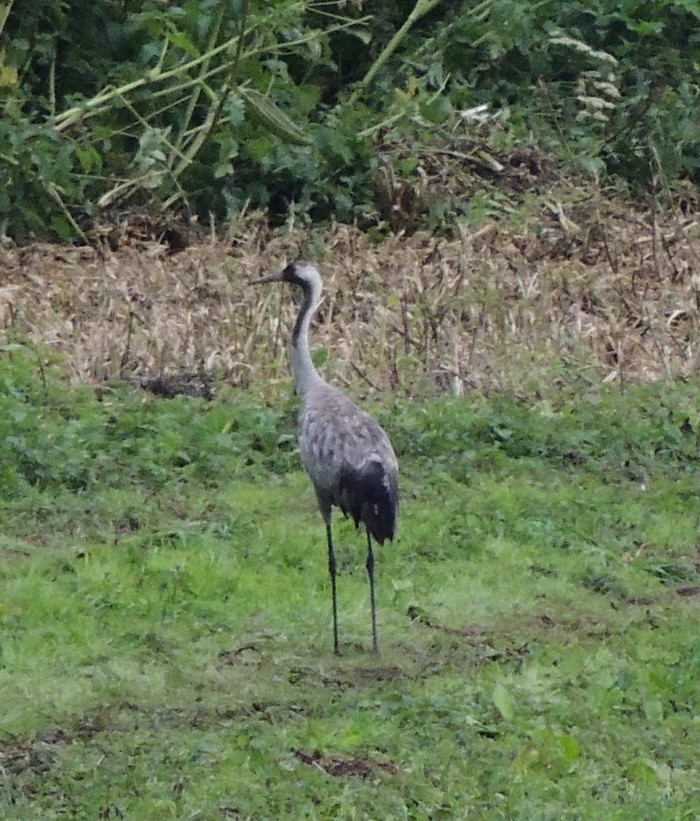
It felt rather as if summer had taken a metaphorical punt gun to wildfowl records this week, with very few ducks of note to report, and those all widely scattered about the country.
The Western Isles held onto a drake American Wigeon at Loch na Reivil on North Uist still on 25th. Aberdeenshire meanwhile retained the drake Blue-winged Teal still at Loch of Strathbeg RSPB until 28th, the drake King Eider still on the Ythan Estuary on 27th, and a female Surf Scoter in amongst the scoter flocks off Blackdog on July 1st.
The drake Ring-necked Duck remained in Angus at Murton GPs until 26th, whilst across the water in Ireland at Lough Beg in Co.Derry the female was again noted there on 29th.
Somerset’s Blagdon Lake remained host to a drake Lesser Scaup on 30th-July 1st.
The ongoing soap operatics that are Britain’s first successfully breeding Black-winged Stilts in a generation continued to play out this week in West Sussex. After some days without a sign of any young, it came as something of a relief that at least one was still extant with the adults on 28th-29th.

Further signs of autumn wader movements following last week’s Lesser Yellowlegs were headed up this week by an American Golden Plover reported in Co.Mayo at Blacksod on July 1st; and two Pectoral Sandpipers, one in Shetland on Unst on 28th-July 1st, and another in Ireland at Ring (Co.Cork) on 29th.
Another Temminck’s Stint was logged this week, with a bird seen on the edges of Derwent Reservoir (Northumberland) on 26th-27th.
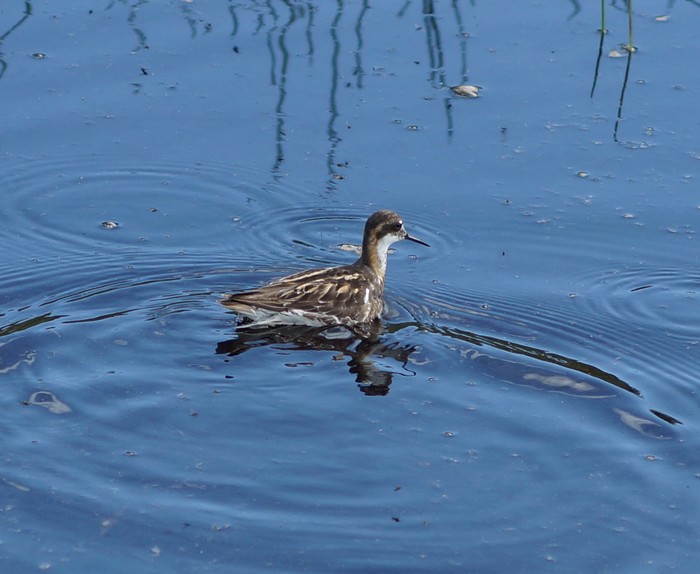
A Red-necked Phalarope was found in Norfolk on Winterton Dunes NNR on 26th. Finally, Orkney continued to prove irresistible to the now seemingly quite settled Grey Phalaropeon North Ronaldsay’s Gretchen Loch, with the bird present until 29th.
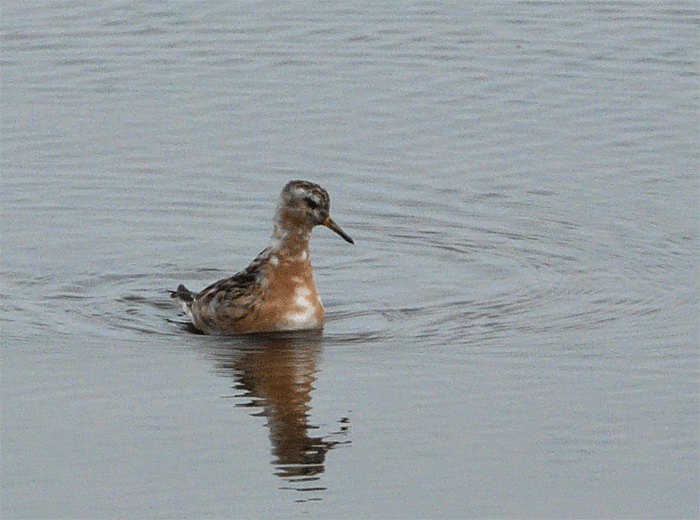
A female Dotterel was on Pendle Hill (Lancashire) on 29th-30th.
For the first week in ages Devon failed to provide us with a Bonaparte’s Gull at Bowling Green Marsh. Some considerable consolation remained there in the form of the first-summer Ross’s Gull, still present daily until July 1st.
In Co.Cork, the first-summer Laughing Gull was again noted at Ballycotton on 1st.
White-winged gulls were now almost as hard to come by as British players in the second week of Wimbledon, with just one of each scarce species to report – appropriately for this tenuous metaphor, both of them in Scotland – an Iceland Gull still in Moray on the Lossie Estuary on 27th-28th, and a Glaucous Gull at Brae of Achnahaird (Highland) still on 29th.
Black Kite records dried up this week with just last week’s bird reported in Suffolk from Wrentham until 29th. It was ringed, and seems as if it’s an escape - a salutary tale for anyone encountering a rare raptor in Britain. All may not be as it first appears.
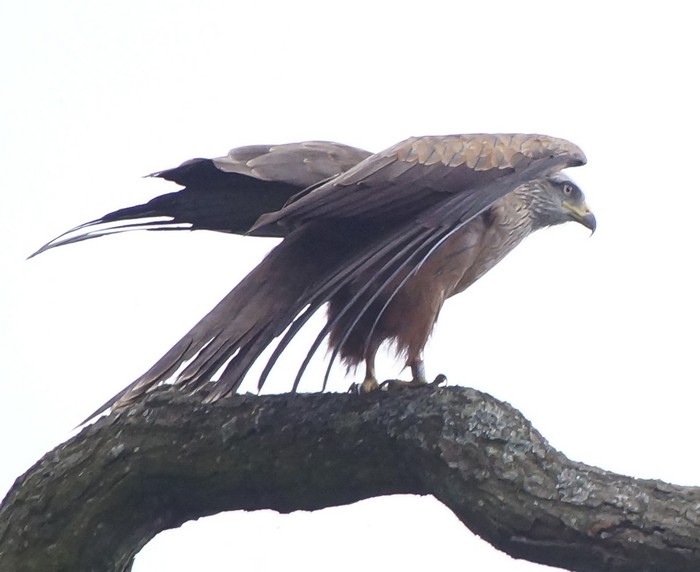
Orkney held on to last week’s Honey Buzzard, with it being noted on 27th again at Binscarth, and again on July 1st over Finstown. Other reports of the species came on 25th from Cheriton (Kent) and Fernhill (Worcestershire); and also from Kent over Dover on 28th, and Dungeness and New Romney on 29th. One was noted in Norfolk over Northrepps on 29th; a possible was seen in London circling over Wanstead on 30th; and one was over Weston-super-Mare (Somerset) on July 1st.
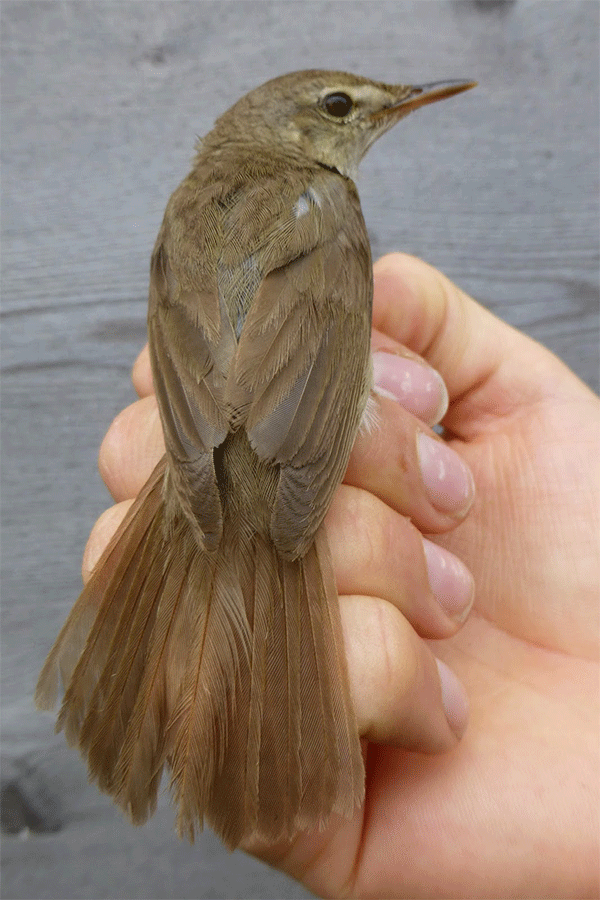
Much of the week’s notable passerine news came in the form of lingering birds in Shetland, with Unst’s male Lesser Grey Shrike remaining at Baltasound until 30th; the Blyth’s Reed Warbler ringed last week at Pool of Virkie relocating down to Fair Isle on 25th, and still present there on 28th; and three Marsh Warblers remaining on Fair Isle on 25th, with one still there on 28th.
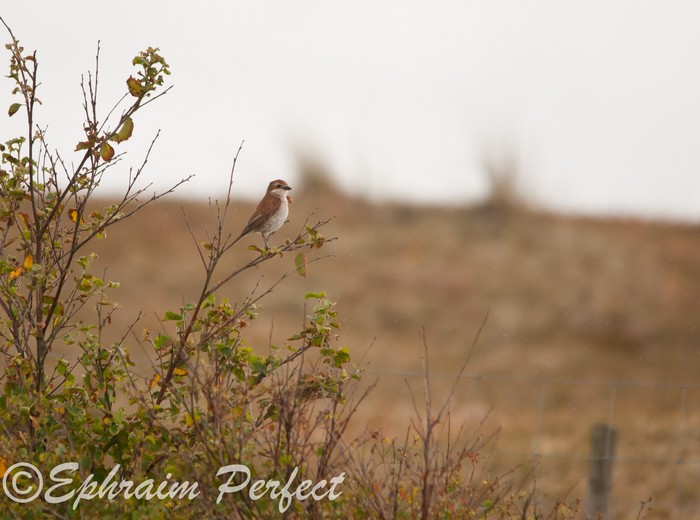
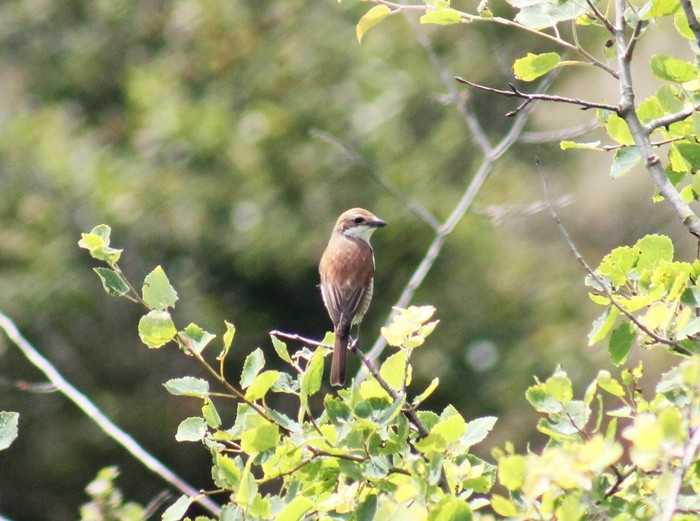
Newly reported however were two Red-backed Shrikes in Norfolk at Winterton Dunes. A female seen there on 28th-29th was supplanted by a male on 30th. An unconfirmed report of an unseasonal Great Grey Shrike came from Cornwall on 27th, with one reported at Kynance Cove that evening.
More seasonal was a report of an Alpine Swift in Essex over Bulmer on 27th. Suffolk contributed to the summer feeling with a female Golden Oriole noted at Minsmere on 29th.
From Orkney came a report on July 1st of the previously reported probable male Iberian Chiffchaff still singing on Rousay in the wood just west of Trumland House. This would be Orkney’s first confirmed record.
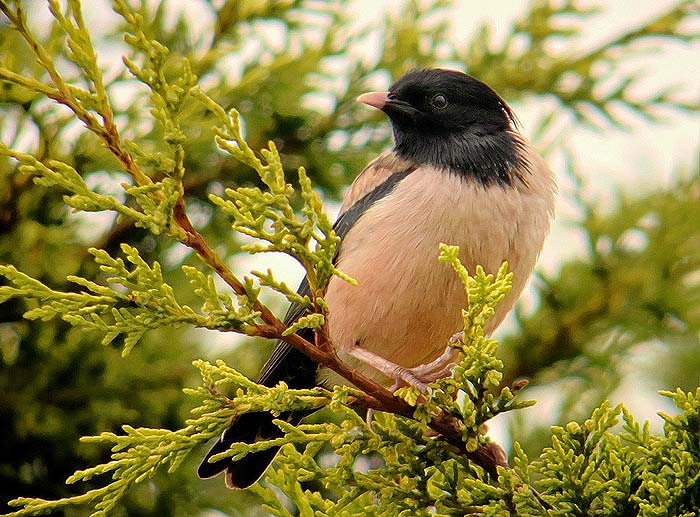
If anything was going to dominate a rather slender summer showing of passerines, it was always going to be the funkiness of Rose-coloured Starlings. Lingering birds from last week hung on at Achiltibuie (Highland) until 25th, at Port Ellen on Islay (Argyll) until 26th, and Lowestoft (Suffolk) until July 1st. Newly discovered birds were in Burnley (Lancashire) on 25th-July 1st, and in Moray at Hopeman in a private garden on 28th-29th.
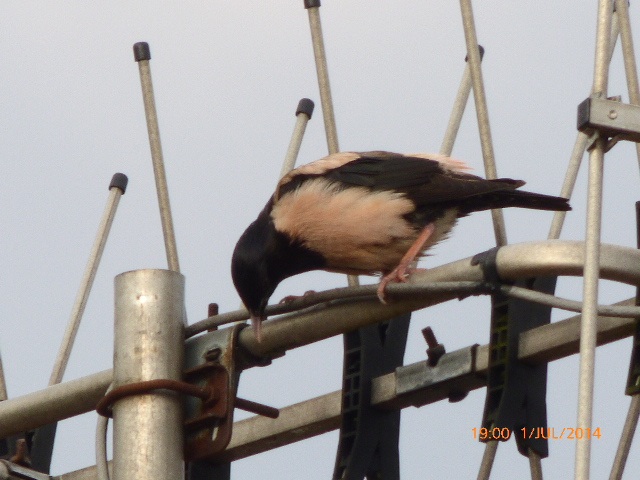
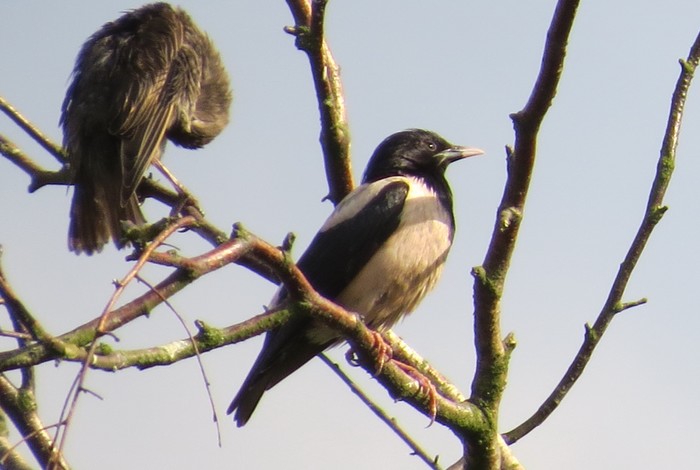
A possible Citrine Wagtail was seen in Highland briefly at Canna on 28th. More tangible was a male Common Rosefinch at Ulbster (Highland) on 28th, and another singing on Bardsey (Gwynedd) in the observatory garden on 29th.
Last week’s safe bet of Red-footed Falcons was amply repaid this week, particularly with the lingering female down in west Cornwall. Flushed with that small success, what to pluck now from the RBA crystal ball for the coming week?
More Red-footed Falcons seem, statistically, and with a hint of the right weather conditions, almost a certainty. This week’s Pectoral Sandpiper and American Golden Plover tip the nod in the direction of what’s also getting more likely with every passing day – and that’s some hot shorebird action. With a plethora of species having shown up in the past in the coming week, there’s plenty to choose from. Let’s have a punt on a fine Pacific Golden Plover materialising out of a heat haze somewhere near you in the coming days…
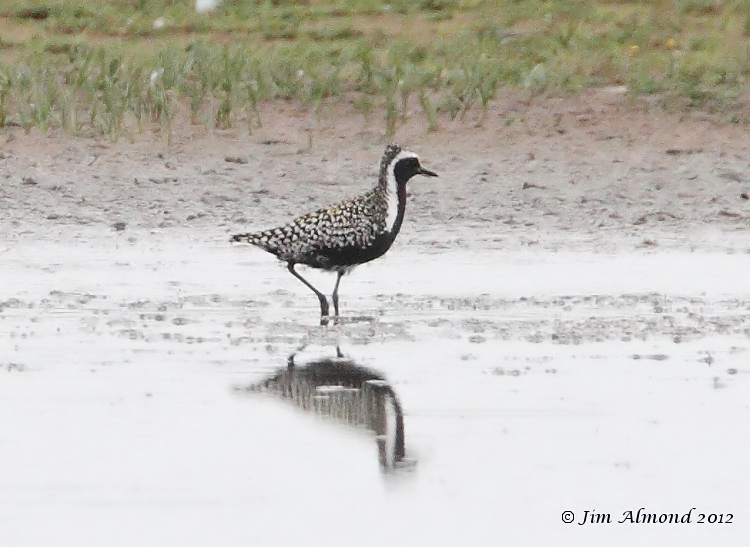
Jon Dunn
02 July 2014
Hen Harriers need YOUR help
Author, naturalist and environmental commentator Mark Avery has recently launched an e-petition to ban driven grouse shooting in order to protect Hen Harriers. In just the first four weeks it has over 5,500 signatures.!
If you haven't already done so, please take a few minutes to read Mark’s compelling case to ban driven grouse shooting and sign the e-petition
Mark, in conjunction with the recently established group Birders Against Wildlife Crime (BAWC), are also organising a day of peaceful protest against the ongoing persecution of this enigmatic raptor. Hen Harrier Day will take place on Aug 10th, just two days before the start of the grouse shooting season, at a number of sites across northern England. Chris Packham has just this week confirmed that he will be attending the Derbyshire protest, and Rare Bird Alert will be there too.
If you want to see an end to the persecution of Hen Harriers on British uplands then please come along and show your support. Full details of Hen Harrier Day can be found on Mark’s website and the BAWC website
Thanks for your support and we hope to see lots of you there.
Many thanks to this week's contributors for their photos, videos and sound recordings.
Contributors websites
If you have contributed to our round-up and would like your banner here please send us one (700 x 130 pixels) and your website address and we will be delighted to include it.
